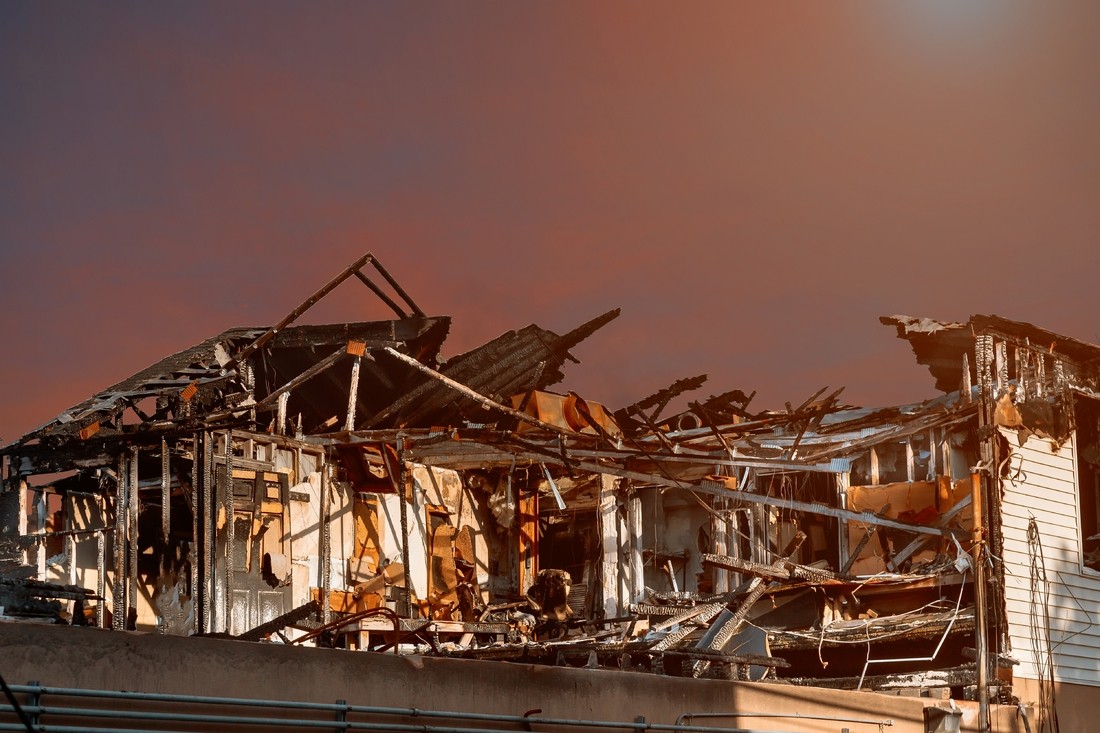.jpg)
The Challenges of Restoring Fire-Damaged Documents
Restoring documents that have been damaged by fire is a complex and challenging process. Fire can cause extensive damage, often leading to the loss of valuable information and historical records. In this article, we will explore the various challenges faced by professionals in the field of fire-damaged document restoration.
1. Structural Damage
Fire can cause severe structural damage to buildings and often leaves documents exposed to the elements. The heat generated during a fire can melt or warp papers, making them brittle and delicate. Soot and smoke particles can also penetrate and adhere to documents, further complicating the restoration process.

2. Water Damage
In the process of extinguishing the fire, water is commonly used. The water used by firefighters can seep into documents, causing them to become saturated and promoting the growth of mold and mildew. The restoration process requires careful drying techniques to prevent further damage.
3. Smoke Odor
The lingering smell of smoke can be difficult to remove from fire-damaged documents. Smoke particles can penetrate deep into the fibers of paper, leaving a strong odor that can be challenging to eliminate. Specialized techniques and treatments are necessary to remove or reduce these odors.
4. Document Fragmentation
Fire can cause documents to disintegrate into fragments, making it difficult to piece them back together. This challenge is particularly significant for historical documents or valuable records that hold important information. Advanced restoration techniques, such as freeze-drying, may be required to salvage these fragmented documents.
5. Burned Ink and Fading
High heat and flames can cause ink on documents to burn or fade, making the text illegible or difficult to read. Some inks may become altered chemically, further complicating the restoration process. Restoring the legibility of documents with burned or faded ink requires specialized expertise and equipment.
6. Mold and Mildew Growth
Moisture from firefighting efforts or water used to extinguish the fire can promote the growth of mold and mildew on fire-damaged documents. Mold can cause further deterioration and discoloration, increasing the complexity of the restoration process. Proper cleaning and treatment techniques are necessary to prevent mold growth and preserve the documents.
_(2).jpg)
7. Document Reproduction
In some cases, the damage to fire-damaged documents may be irreversible. In these situations, professionals may need to resort to document reproduction methods to rebuild the lost information. This involves utilizing scanning and printing technologies to create replicas of the damaged documents.
8. Time Sensitivity
Restoring fire-damaged documents requires immediate action to prevent further deterioration. The longer the documents are exposed to heat, smoke, and moisture, the more challenging the restoration process becomes. Timely intervention is crucial to salvage as much information as possible.
9. Specialized Expertise
Restoring fire-damaged documents requires specialized knowledge and expertise. Professionals in this field undergo extensive training to understand the unique challenges and techniques involved in document restoration. They have access to specialized equipment and materials necessary for delicate restoration processes.
10. Cost
The restoration process for fire-damaged documents can be costly. The complexity of the restoration, the extent of the damage, and the specialized expertise required all contribute to the overall cost. However, the value of the information preserved and the historical significance of the documents often outweighs the financial investment.
Restoring fire-damaged documents is a meticulous and challenging process that requires specialized expertise and equipment. The restoration professionals at JGW Group Water Damage Restoration Deerfield Beach are experienced in handling fire-damaged documents. Contact them at 754-294-5716 or visit their website to learn more about their services.
What are the challenges of restoring fire-damaged documents?
How can professionals restore fire-damaged documents?
Important facts and statistics about fire damage restoration:
- 2019 saw a 43% decrease in structure fire deaths in one- or two-family homes and a 63% decrease in fire deaths in apartments compared to 1980. – source
- 38 home fire fatalities occurred in 2023. – source
- The risk of death or injury from fire is not the same for everyone. – source
- In 2018, public fire departments responded to an estimated 1,318,500 fires in the United States, of which 499,000 occurred in structures, 181,500 occurred in vehicles, and 607,000 occurred in outside properties. A fire department responds to a fire somewhere in the United States every 24 seconds. – source
- Clothing, linens, mattresses, carpets, and upholstery can suffer damage due to smoke and soot exposure during a fire. – source
- The typical price range to restore water damage across is between $1,240 and $5,342. – source
- The death rate in homes with no smoke alarms or working smoke alarms was reported to be almost twice as high! – source



